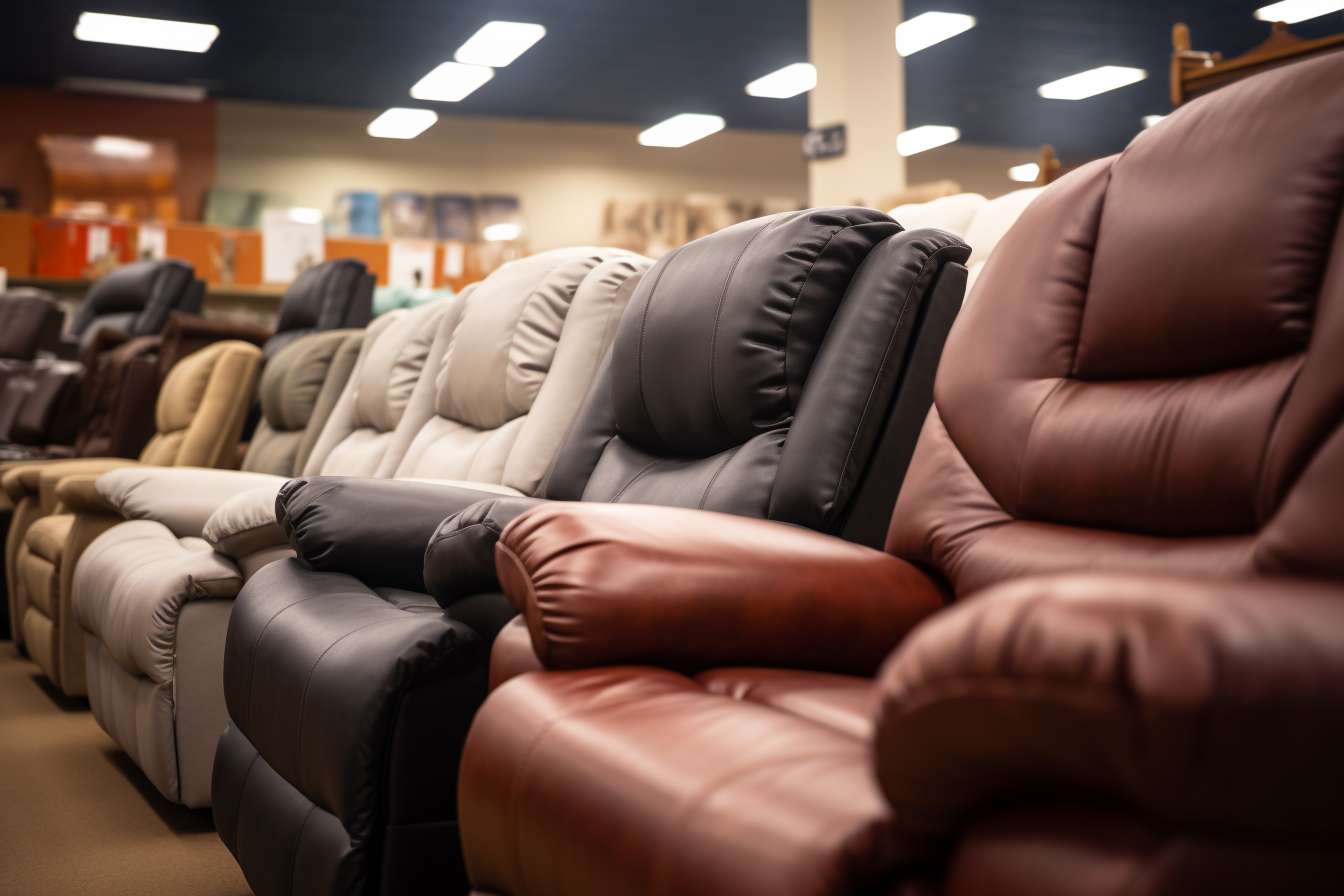Walk-in bathtub: anti-slip low threshold, bathing safety!
Bathing independence is a crucial aspect of maintaining dignity and quality of life, especially for seniors and individuals with mobility challenges. Walk-in tubs offer a practical solution by combining safety features with therapeutic benefits. These specially designed bathtubs feature watertight doors, allowing users to enter without having to step over high tub walls. With anti-slip flooring, grab bars, and low thresholds, walk-in tubs significantly reduce fall risks while providing a comfortable bathing experience.

How do walk-in tubs differ from standard bathtubs?
Walk-in tubs represent a revolutionary departure from conventional bathtubs in both design and functionality. The most distinctive feature is the watertight door that allows users to step in with minimal lifting of the legs, typically requiring only a 4-7 inch step compared to the 14-16 inches needed for standard tubs. Traditional bathtubs present significant obstacles for those with mobility issues, often requiring dangerous maneuvers to climb in and out.
Another key difference lies in the seating arrangement. Walk-in tubs include built-in contoured seating positioned at a comfortable height, enabling users to sit upright during their bath rather than lying down. This upright position makes it easier to get in and out while providing greater stability throughout the bathing process.
The dimensions also differ considerably. While standard bathtubs are longer and shallower, walk-in tubs are typically taller with a smaller footprint, allowing for a deeper, more immersive soak while occupying similar or less floor space. This design efficiently accommodates full-body immersion while sitting, a feature particularly beneficial for hydrotherapy purposes.
What are the advantages of a walk-in bathtub?
The advantages of walk-in bathtubs extend far beyond basic accessibility. Safety features form the cornerstone of their design, with textured anti-slip flooring, strategically positioned grab bars, and ADA-compliant seating working together to minimize fall risks. For individuals with limited mobility, these features can mean the difference between dependent and independent bathing.
Therapeutic benefits represent another significant advantage. Many walk-in tubs come equipped with hydrotherapy jets that provide targeted massage to sore muscles and joints. Air jets deliver gentle, bubbling action that improves circulation, while chromotherapy lighting options can enhance relaxation. These therapeutic elements make walk-in tubs particularly valuable for those managing conditions like arthritis, fibromyalgia, or recovering from surgery.
Comfort features further enhance the bathing experience. Fast-fill faucets and quick-drain technology reduce waiting times, while heated seating and insulated walls maintain water temperature longer. Some premium models even include aromatherapy systems, creating a spa-like experience that promotes both physical wellness and mental relaxation.
How much does it cost to install a walk-in tub?
The investment required for a walk-in tub varies significantly based on several factors, including the model, features, and installation requirements. Basic walk-in tub models typically start around $2,000, while mid-range options with moderate therapeutic features generally cost between $3,000 and $7,000. Premium models with comprehensive hydrotherapy systems, rapid fill/drain technology, and luxury features can range from $7,000 to $20,000.
Installation costs add another significant component to the overall expense. Professional installation typically ranges from $1,000 to $3,500 depending on the complexity of the job. Factors that can increase installation costs include electrical upgrades for jetted tubs, plumbing modifications, floor reinforcement for heavier models, and removal of existing fixtures.
| Walk-in Tub Type | Average Product Cost | Average Installation Cost | Total Estimated Investment |
|---|---|---|---|
| Basic (Soaker) | $2,000 - $5,000 | $1,000 - $2,000 | $3,000 - $7,000 |
| Hydrotherapy | $4,000 - $8,000 | $1,500 - $2,500 | $5,500 - $10,500 |
| Combination Systems | $7,000 - $14,000 | $2,000 - $3,500 | $9,000 - $17,500 |
| Luxury Models | $10,000 - $20,000+ | $2,500 - $3,500 | $12,500 - $23,500+ |
Prices, rates, or cost estimates mentioned in this article are based on the latest available information but may change over time. Independent research is advised before making financial decisions.
Financial assistance may be available through various programs. Medicare typically doesn’t cover walk-in tubs, but exceptions exist for medical necessity. Some states offer Medicaid waivers for home modifications, while veterans may qualify for grants through the VA. Additionally, some manufacturers offer financing options, making these safety investments more accessible.
What kind of bathroom is a walk-in bathtub suitable for?
Walk-in tubs can be adapted to various bathroom configurations, though certain considerations determine optimal suitability. Space requirements are a primary concern—while walk-in tubs generally have a smaller footprint than standard bathtubs (typically about 26-32 inches wide by 52-60 inches long), they require sufficient clearance for door opening. Most models offer inward-swinging doors requiring less spatial clearance, while outward-swinging doors provide easier wheelchair transfers but demand more floor space.
Structural considerations also play an important role in determining suitability. Walk-in tubs weigh significantly more than standard tubs, particularly when filled with water. Floor joists may need reinforcement in older homes to support this additional weight. Plumbing accessibility is another factor, as some bathrooms may require modifications to accommodate the tub’s drainage and water supply requirements.
From an aesthetic perspective, modern walk-in tubs come in various styles and finishes that complement different bathroom designs. Whether your bathroom features contemporary, traditional, or transitional décor, manufacturers offer options that can integrate seamlessly with existing elements. For smaller bathrooms, compact models or walk-in tub/shower combinations maximize functionality without overwhelming the available space.
Conclusion
Walk-in bathtubs represent a significant advancement in bathroom safety and accessibility. Their anti-slip surfaces, low thresholds, and watertight doors address key concerns for those with mobility challenges while providing therapeutic benefits that extend beyond basic bathing. Although the investment is substantial, the independence, safety, and comfort these specialized tubs provide make them worthy considerations for aging-in-place strategies or accessibility modifications. With options available for various bathroom sizes and configurations, walk-in tubs offer solutions that balance practical safety needs with the comfort and dignity that everyone deserves in their bathing experience.




